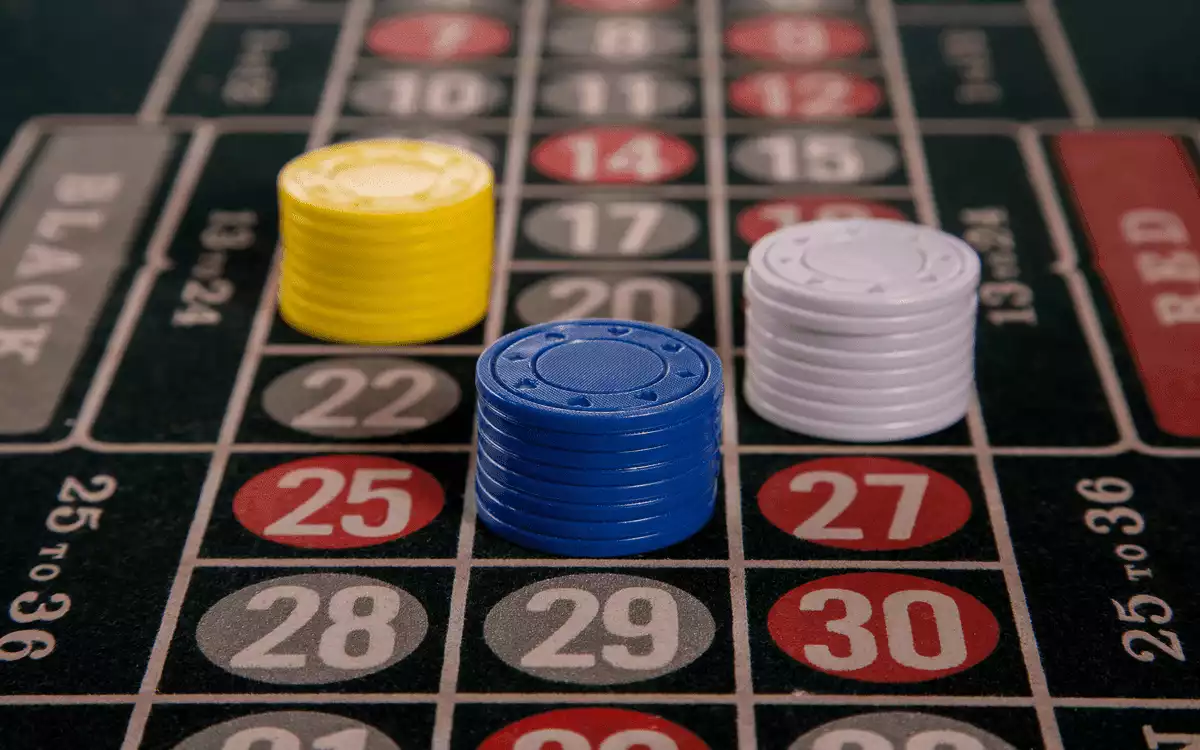Despite at its heart a complete game of chance, just like any other casino game, players are always looking for strategies and systems which they feel might improve their gameplay experience. One such method used is progressive betting systems which can be used to manage a player's bank roll systematically.
Broadly speaking, there are two main types of betting systems that we can identify. While some methods centre around negative betting progressions, others are centred on positive ones. Following a betting progression typically entails participants raising or lowering their stakes in response to past bet results. In today’s article we will explore the subject of Progressive Betting further, and how it works when applied to the game of roulette.
How does a Progressive Betting Strategy in Roulette work?
First of all let us emphasise this caveat: Fans of roulette should understand that there are no infallible strategies for placing bets or winning hands when playing. Remember that there are restrictions on the betting progressions we shall discuss, which should not be disregarded. The majority of roulette betting strategies focus on bets that pay even money, such as those placed on high and low, odd and even, or black and red numbers.
With that clarified let us explore progressive betting strategies more closely. There are three different kinds of roulette betting progressions: flat, negative, and positive. As the name suggests, flat betting calls for making bets of the same amount regardless of whether your prior wager was settled as a winning or losing one.
However, this is not the case with the positive and negative betting progressions because, when they apply them, players have to modify how much they wager in accordance with how their prior bets were settled.
Positive betting strategies encourage players to gamble more money in the hopes of increasing their winnings during a winning run. However, in order to extend their time at the roulette table or make up for their lost bets, players using negative betting strategies must increase their stakes when they are losing. This still sounds a little confusing, so in the following sections, we have broken down the most common positive and negative betting strategies.

Roulette Betting
Positive Progression Betting Systems
In positive progression betting systems, the stake is increased after a win and decreased after a loss. Essentially, the goal of a positive progression system is to minimise losses during losing streaks and maximise gains during winning periods. Notable positive progression systems include the 1-3-2-6 method, the Paroli system, and the Reverse Martingale system. Below we have broken down each of these distinct positive progression betting systems.
Paroli System
Under the Paroli system, the bettor doubles their wager after each win and returns to their initial wager in the case of a loss. Players of baccarat and roulette love this technique because it makes it possible for them to win large sums of money during a winning streak, possibly even surpassing the Reverse Martingale, if luck is on their side, of course.
Reverse Martingale
The Anti-Martingale, also known as the Reverse Martingale System functions similarly to the Paroli system. The main distinction is that the bettor only stops after they reach a certain number of consecutive wins, doubling their amount after each win. They now return to the amount of their original wager.
1-3-2-6 System
Following each win, the bettor moves up through a series of wager sizes (1, 3, 2, 6). The bettor restarts the series at the beginning in the case of a loss. This approach seeks to minimise losses during periods of recurrent losses and to profit from brief winning streaks.

Fixed Odds Roulette
Negative Progression Betting Systems
Under negative progression betting systems, the stake is increased after a loss and decreased after a win. The Fibonacci, D'Alembert, and Martingale systems are three well-known examples of negative progression systems. These are explored in more detail below:
Martingale System
When using the Martingale method, a bettor doubles their stake after each loss and returns it to its initial amount when they win. Because it aims to guarantee a profit by making up for prior losses, this strategy is well-liked by players of blackjack and roulette.
D’Alembert System
Using the D'Alembert system means that the stake is increased by one unit after a loss and decreased by one unit after a win. Because the bet size does not increase as quickly with the Martingale system, this system is thought to be more conservative and might be suited to players working with smaller total bankrolls.
Fibonacci System
With each successive loss in this strategy, the bettor moves along the Fibonacci sequence (1, 1, 2, 3, 5, 8, 13...), and after a victory, they return to their initial wager level. The Fibonacci method seeks to recover losses during a successful run while keeping the size of bets comparatively modest. Of course, it goes without saying that this method should be undertaken with care, and should not be used to desperately chase losses.

Roulette Croupier
Final Thoughts
To sum up, progressive betting systems can provide players with a methodical way to control their wagers and increase their earnings. Benefits specific to positive and negative progression systems include minimising losses and maximising winning streaks.
It is important to understand the disadvantages of these techniques, though, as they include the possibility of significant losses, bankroll and table limits, and no assurances of success.
At the end of the day, there is only one surefire strategy that players can use with any casino game they play, and that is to gamble responsibly. Set yourself a budget and a session time, do not chase your losses, and when the fun stops, stop.







